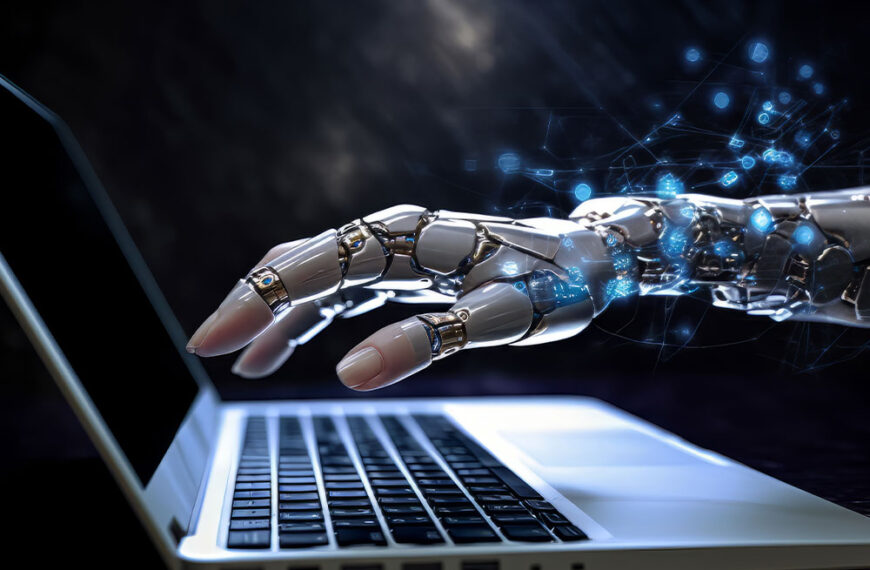We live in a world brimming with technological marvels that, just a few decades ago, existed solely in the realm of science fiction. Flying cars remain elusive, but smartphones that surpass the computing power of room-sized mainframes from the 1960s are commonplace. This incredible pace of change is what Alvin Toffler famously termed “future shock” – the disorientation brought on by rapid technological and societal transformation. But how accurately did past predictions shape the world we inhabit today? Examining those predictions reveals fascinating insights.
Consider the visions of the future depicted in mid-20th-century science fiction. Many authors predicted the rise of ubiquitous computing, although their envisioned forms often differed wildly from our reality. While flying cars didn’t materialize, the concept of personal transportation revolutionized through vehicles like the automobile found its echo in the rapid development of ride-sharing apps and the burgeoning autonomous vehicle industry. Similarly, predictions of interconnected networks, while lacking the sophistication of the internet, clearly foreshadowed the interconnected digital world we experience.
However, it wasn’t just science fiction authors who peered into the future. Futurists, sociologists, and technological visionaries offered their own forecasts, often with striking accuracy. The automation of manufacturing processes, for instance, a topic of much discussion in the mid-20th century, has undeniably shaped modern economies, albeit with unforeseen consequences like job displacement in certain sectors. Predictions about the growth of global communication also proved remarkably prescient, leading to a world where instantaneous global communication is the norm.
Yet, the accuracy of these predictions is not uniform. Some predictions fell drastically short of the mark. The utopian visions of a technologically advanced society free from poverty and conflict often failed to account for the complexities of human nature and the persistence of societal inequalities. The anxieties surrounding technological advancement, mirrored in many dystopian narratives, proved more prescient in certain respects, highlighting the importance of ethical considerations in technological development.
Ultimately, the story of “Yesterday’s Predictions Shaping Today’s World” is one of both triumph and caution. While many visionary thinkers correctly anticipated significant aspects of our technological landscape, the complexity of social and economic factors often defied prediction. Understanding the accuracy and limitations of past predictions provides valuable lessons for today’s futurists, emphasizing the need for nuanced forecasting that considers not only technological advancements but also their broader societal impact, both intended and unintended. By examining the past, we can gain a clearer perspective on navigating the uncertainties of the future and ensuring that tomorrow’s world is one that benefits all of humanity.












